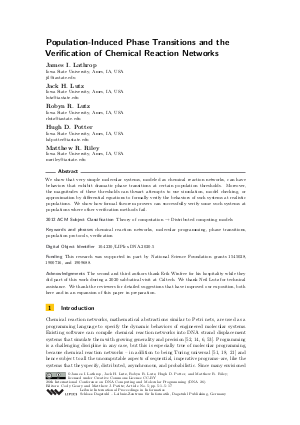LIPIcs.DNA.2020.5.pdf
- Filesize: 0.6 MB
- 17 pages

 Creative Commons Attribution 3.0 Unported license
Creative Commons Attribution 3.0 Unported license



































Feedback for Dagstuhl Publishing